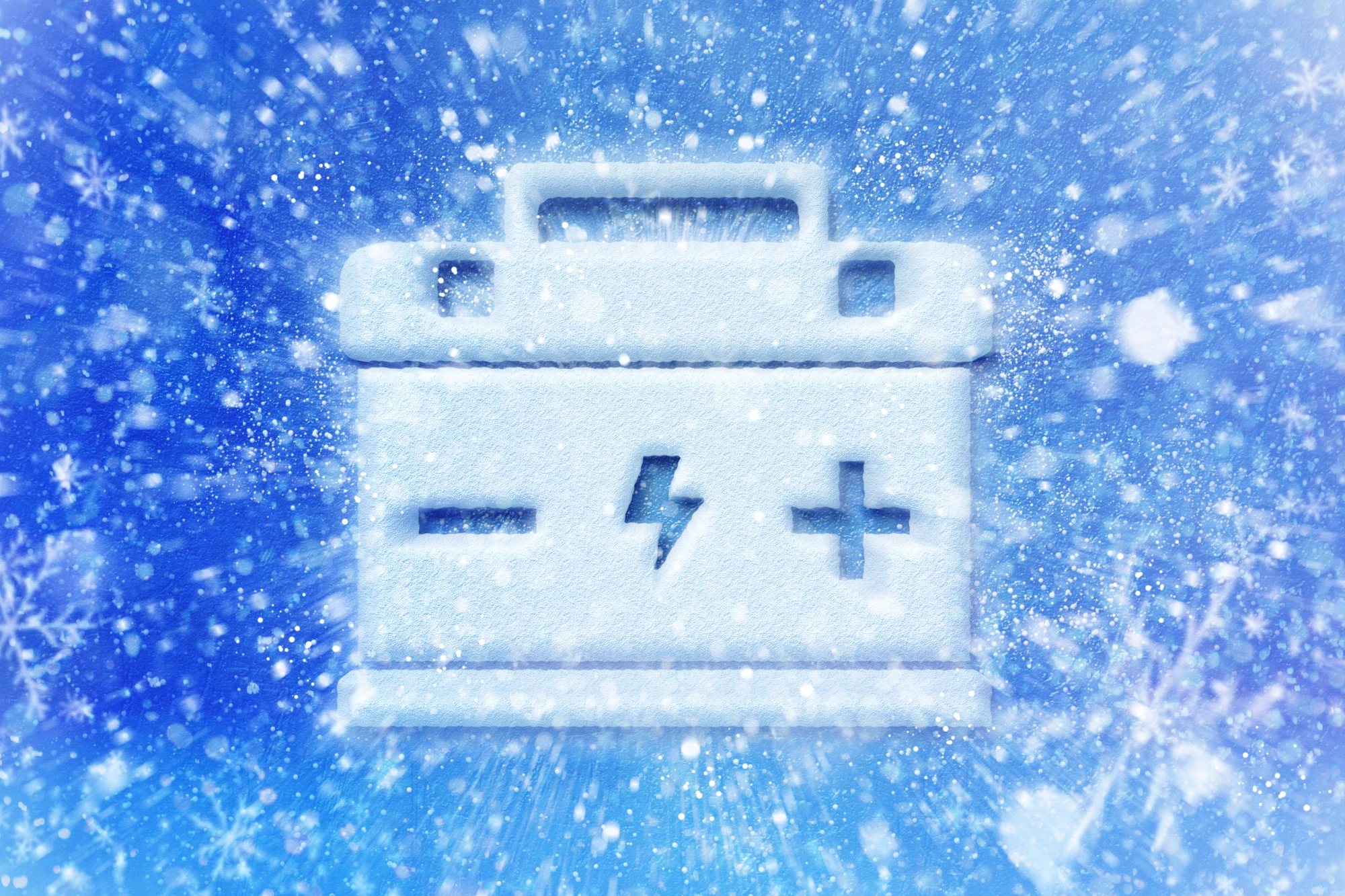As the source of power for electric cars and many other modes of clean transportation, improvements in battery technology stand to benefit vehicle performance in a number of important ways. This includes not just range figures but how well they can operate in colder climates, as new research detailing a promising sub-zero battery design demonstrates.
Extreme temperatures that approach freezing can be quite problematic for lithium-ion batteries and lead to substantial power losses. In the context of electric vehicles, this can mean slow charging and reduced range, while impacting on systems such as regenerative braking. Automakers such as Ford have experimented with thermal management systems designed to address these shortcomings, and we're also seeing research groups come up with some inventive solutions.
Thsi includes integrated temperature sensors that reroute electrical currents to warm up batteries from the inside, lifting them above freezing temperature so they can function normally in extreme environments. Another example from last year explored how cold temperatures can be taken into consideration in next-generation designs, demonstrating how highly promising lithium metal batteries can be equipped with weakly binding electrolytes that keep them running in sub-zero temperatures.
In making this latest breakthrough, scientists have taken aim at one of the two electrodes found in a lithium-ion battery, known as the anode. Typically, these are made from graphite, and recent research has suggested the flat nature of these anodes contributes to the battery's reduced ability to transfer a charge in the cold. So the team began to experiment with some alternatives, and landed on what appears to be a promising solution.
The new design begins with a material known as a cobalt-containing zeolite imidazolate framework (ZIF-67), which was heated to high temperatures to create 12-sided carbon nanospheres. These tiny structures features bumpy surfaces that happen to have excellent electrical charge transfer abilities, so they were promptly put to work as an anode material in a coin-shaped battery, with a lithium-metal cathode.
These experiments demonstrated that the battery could maintain stability when charged and discharged at temperatures ranging from 77 °F (25 °C) right down to -4 °F (-20 °C). At temperatures just below freezing, the battery maintained 85.9 percent of its storage capacity. These tests were carried out alongside other lithium-ion battery designs, which were found to hold almost no charge at freezing temperatures. Even dropping the temperature to -31 °F (-35 °C), the battery with the bumpy anode was still able to be recharged, and release nearly all of its charge during discharge.
The scientists say these results suggest such a design could extend the functionality of lithium-ion batteries to extreme environments, and that mightn't apply to just electric vehicles, but everything from drones to spacecraft and many things in between.
The research was published in the ACS Central Science.
Source: American Chemical Society




